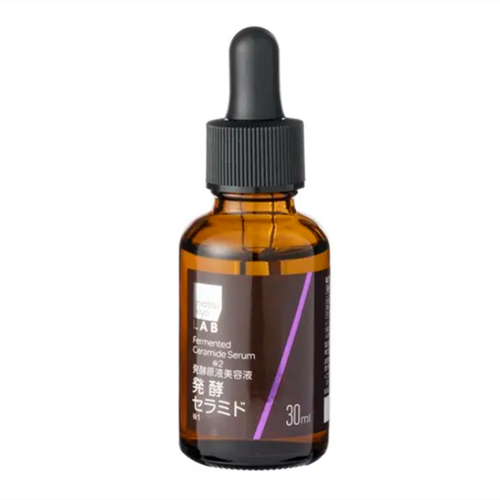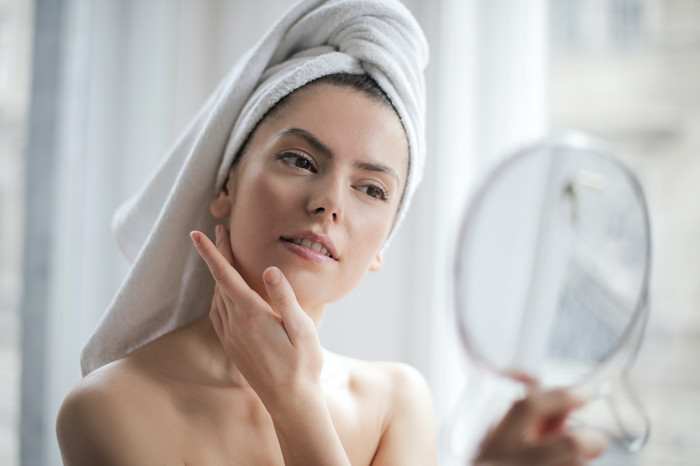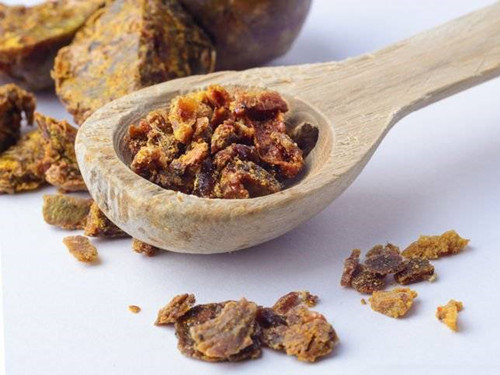Placental extracts are a series of active substances extracted from the placenta of certain mammals (including humans). Some experts believe that this substance has many health benefits, and studies have shown that they may ease menopause symptoms, help skin slow aging and increase vitality. Most of the placental extracts in cosmetic ingredients come from the placenta of pigs, sheep, horses and other animals. Only Japan and South Korea can legally produce human placenta, but human placenta extract in Japan is limited to clinical use. Some cosmetic manufacturers also add this extract to hair and skin care products. For example, Japanese brand Kiyoshi Matsumoto has launched placenta fermentation essence. The product is extracted from the horse placenta by freezing enzyme extraction method and mixed with yeast fermentation extract, hyaluronic acid, ceramide and other effective ingredients, which is said to be hydrating and moisturizing and fight against skin dryness and early aging. So the question is, is placenta extract really good for your skin?
Components of placenta extract
Taking sheep placenta extract as an example, which is the most used for skin care products, sheep placenta extract mainly contains proteins, amino acids, cytokines, and some hormones, such as sheep growth hormone, estradiol, estrogen ketone and so on. Although sheep placenta extract may contain many ingredients, many of the active ingredients are still identified. At present, there are 6 kinds of placenta extracts approved in China, which are (animal) placenta protein, hydrolyzed placenta (sheep) extract, hydrolyzed placenta (pig) protein, hydrolyzed placenta (pig) extract, (animal) placenta protein, (animal) placenta enzyme, etc.
History of placental extracts
According to the 16th-century Chinese medical text “Compendium of Materia Medica”, the placenta is a kind of Chinese medicine, also known as Zihechi, which is used by the folk for hearing and seeing, black hair and hair, and prolonging life. Another Chinese medical document, The Great Pharmacopoeia, also documented the efficacy of mixing placenta with human milk to treat anemia and relieve exhaustion. It can be seen that the placenta has a long history of medicinal use in Chinese medicine.
In the 18th century, there were scattered records of eating placentas in other parts of the world and drying the placenta may have cured diseases. In Argentina, for example, placentas are dried, ground and stored to be given to children when they are sick. In Jamaica, placental membranes are put into tea given to children to prevent convulsions; In Tanganyika, East Africa, the placenta is dried, ground into powder, made into porridge, and given to the elderly and children in the family to keep them alive; In some Vietnamese cultures, placenta is seen as a life-giving force, so consuming it can increase a person’s energy and vitality. In some European countries, placentas are even used to treat burns and rare genetic diseases. Even in Europe, commercial uses of “placenta extract” have been found in cosmetics, such as face creams.
In modern times, placenta extracts for skin management purposes are mainly derived from sheep and horses. Sheep placenta extract originated in Switzerland in 1931. For the first time, Dr.Paul Niehans of Switzerland extracted living cells from lamb embryos and injected them into a critically ill patient with damaged parathyroid glands, successfully saving his life. This is the earliest example of sheep placenta cell activation therapy. In fact, the Chinese and Swiss definitions of sheep placenta extract may be biased. In Switzerland, sheep placenta is an active factor rich in active substances extracted from lamb embryos. Sheep placenta therapy is a live-cell injection therapy mainly used to strengthen human immunity. In China, sheep placenta consists of two different substances: sheep placenta and sheep embryo. Cosmetics are dominated by the former, which claims to be anti-aging, moisturizing and reducing wrinkles.
It may be that the animal placenta extract is rich in amino acids, peptides or enzymes that improve tissue metabolism, which play the role of antioxidants, improve the intermediate metabolism of skin tissue, and lighten skin color. However, although some organizations and the media have touted the anti-aging effect of sheep placenta, there is not enough evidence to prove it in existing studies. The anti-aging studies of sheep placenta mainly use animal experiments such as fruit flies and rats and some studies at the cellular level, which only involve the most basic physiological and pharmacological effects, and lack more clinical data. For more natural extract for the skin, click here!
- Dandelion Extract: What It Is, Benefits, Uses and Side Effect - April 23, 2024
- Is Berberine Extract Help For Weight Loss? - April 11, 2024
- Why Is Pysllium Husk Powder A Popular Meal Replacement Ingredient? - April 3, 2024




